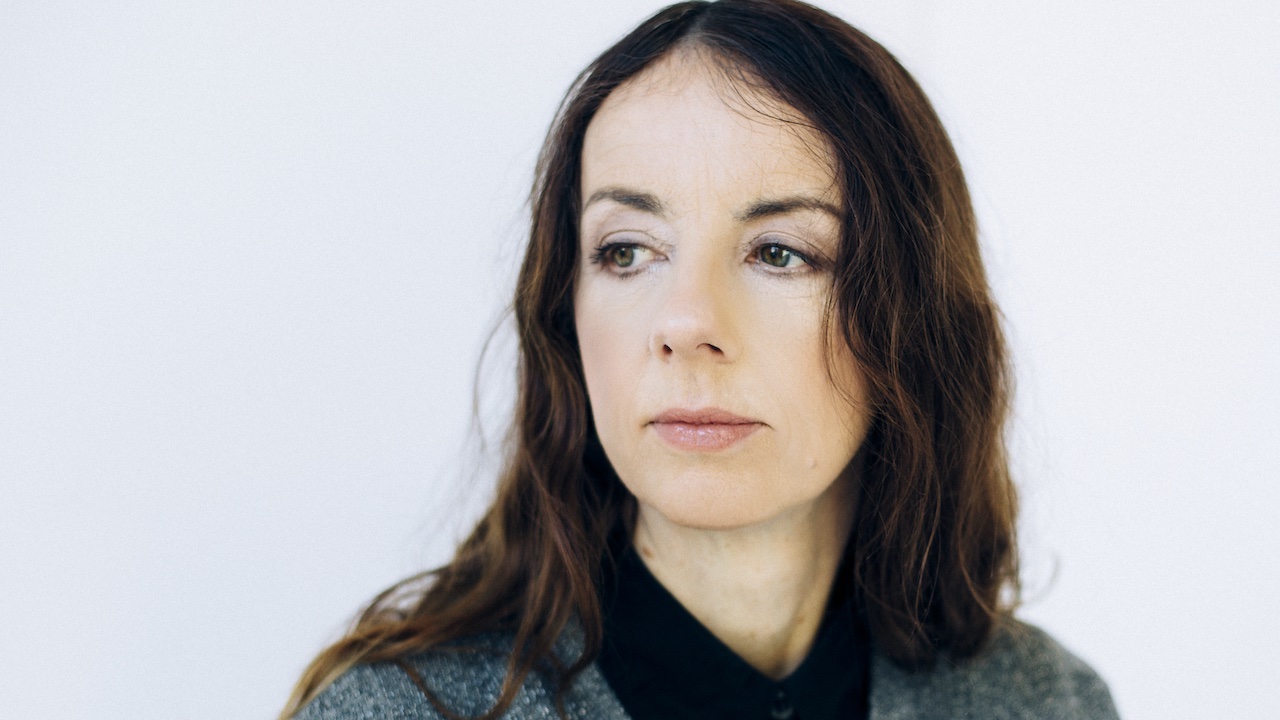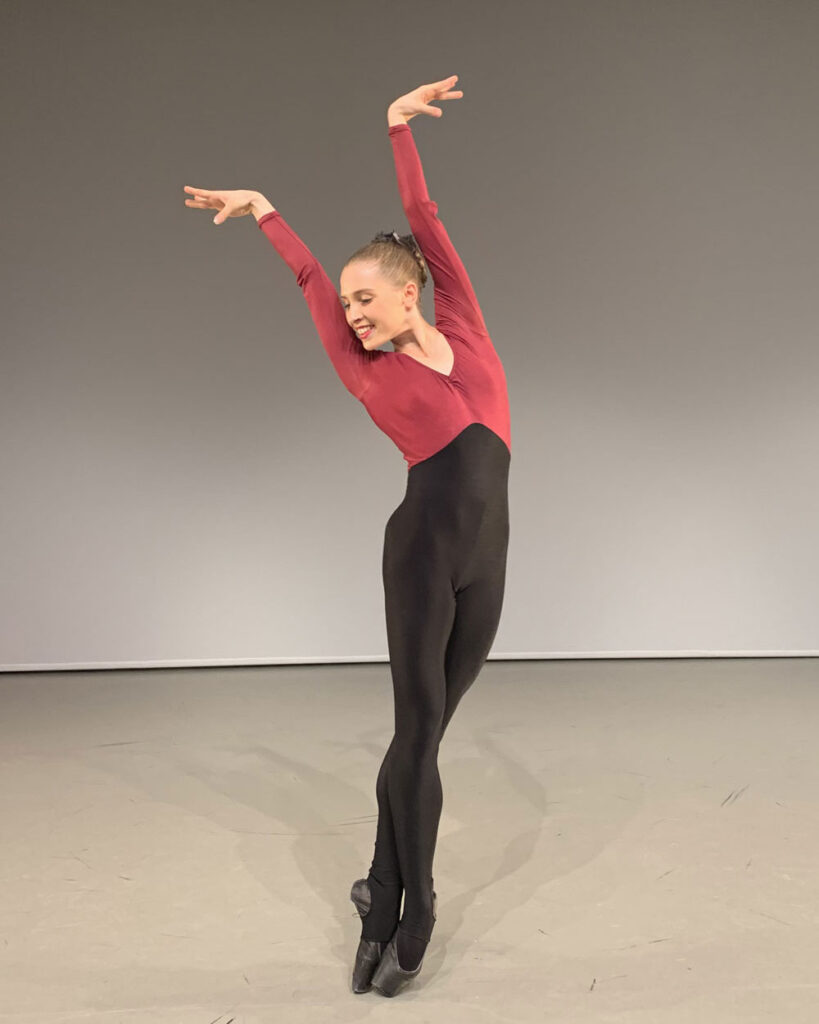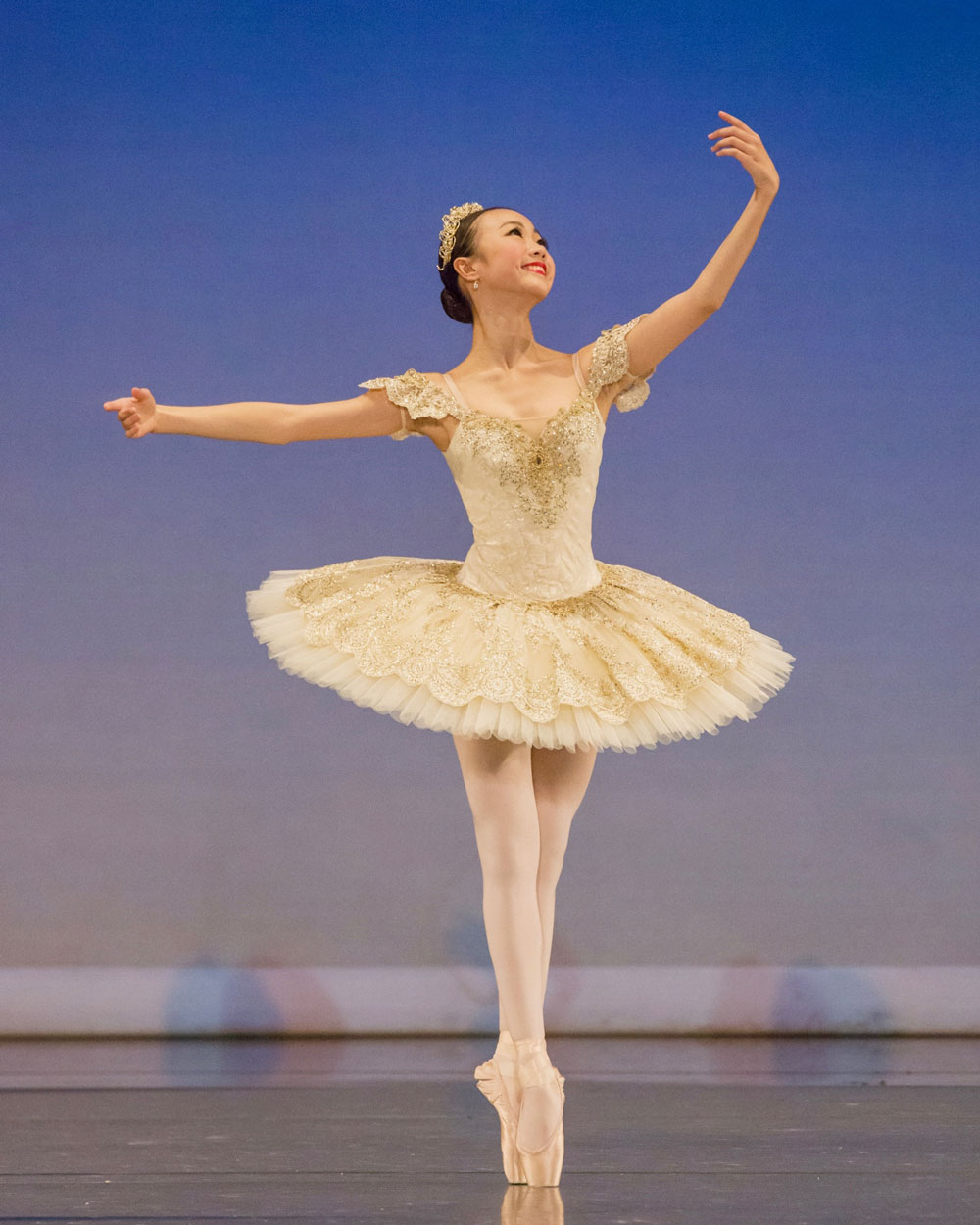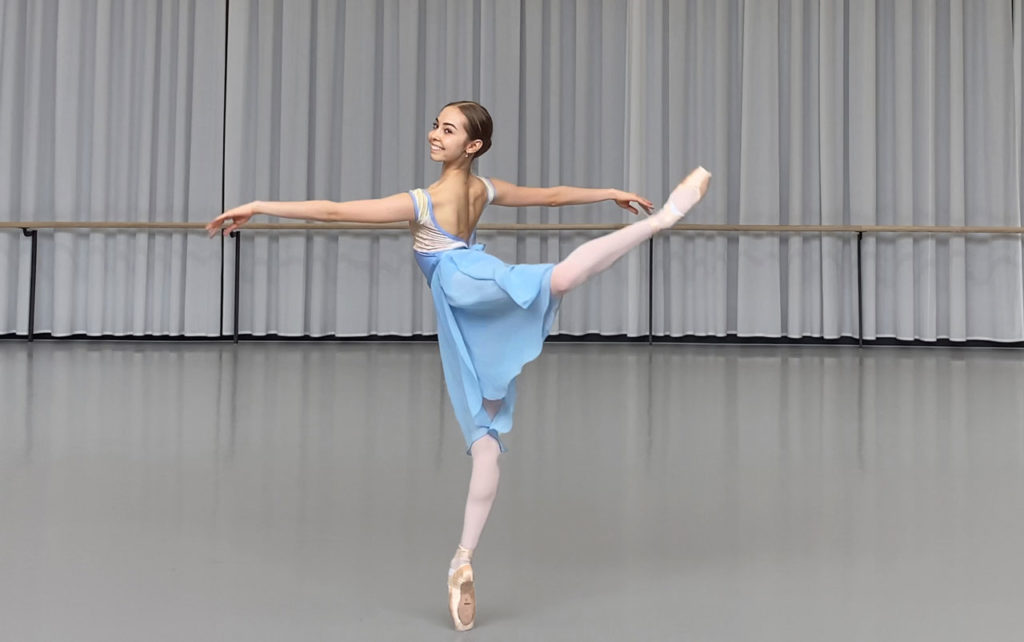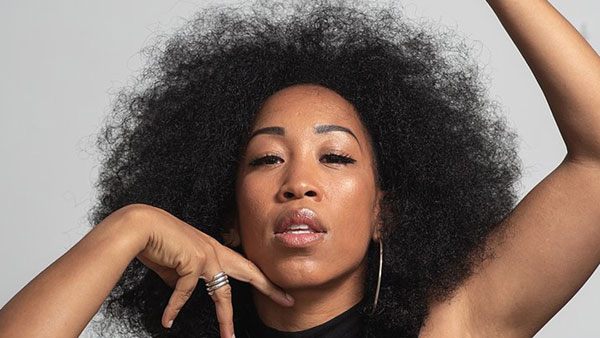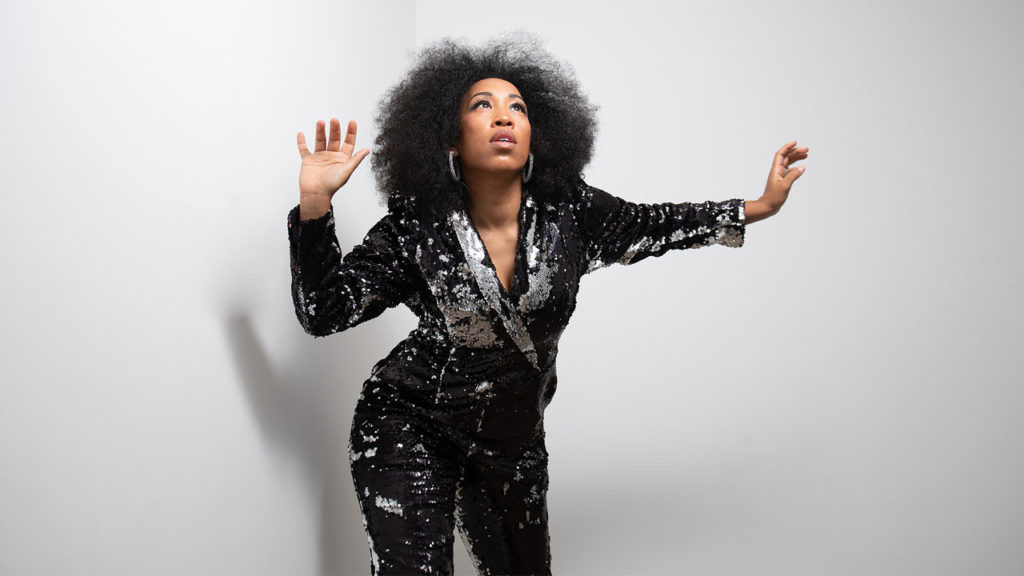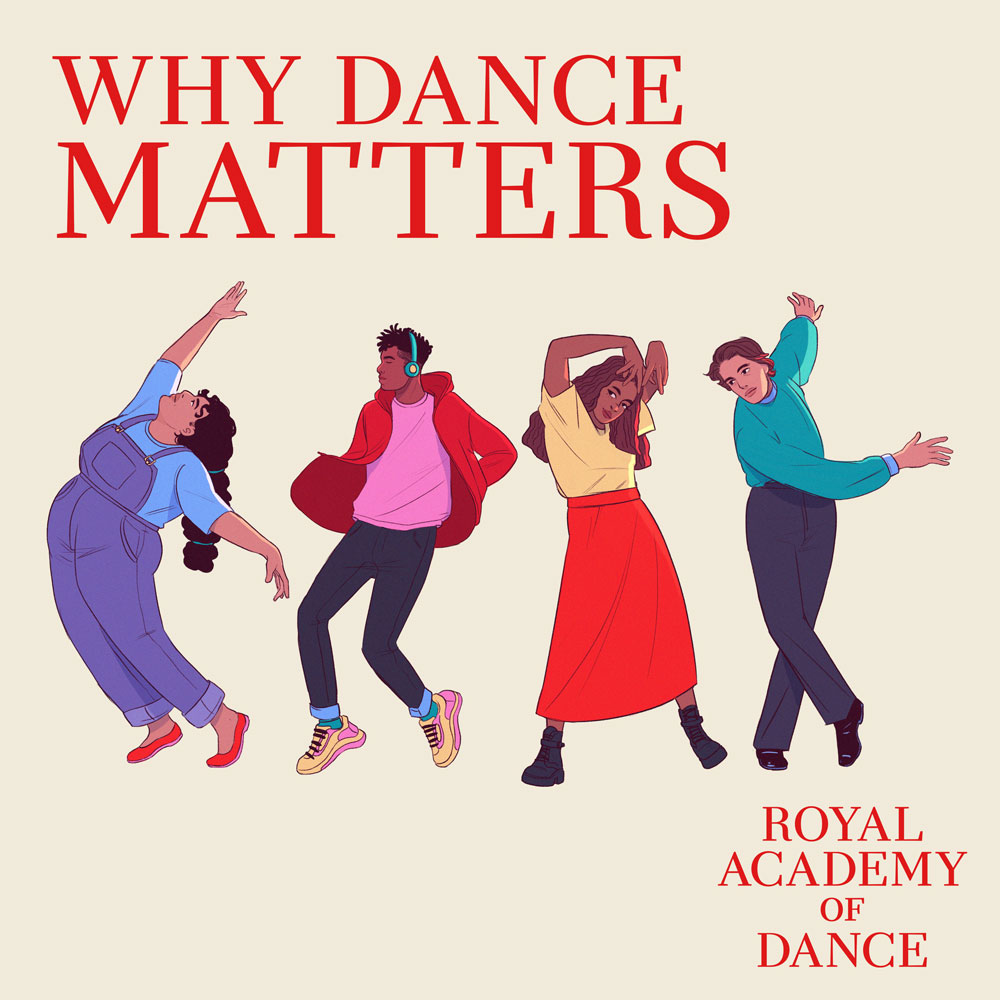The award-winning artist Zi Ling has been announced as the winner of the RAD’s portrait competition, launched to celebrate its brand-new global headquarters.
Artists from across the UK were asked to submit a portrait proposal of pioneering ballet dancer and founding RAD President Dame Adeline Genée, hoping to win a chance to create a painting for the RAD’s new home. The competition was created to honour the legacy of Dame Adeline’s extraordinary contribution to modern British ballet, ensuring that her portrait will be seen and admired by RAD staff, teachers and dancers alike for generations to come.
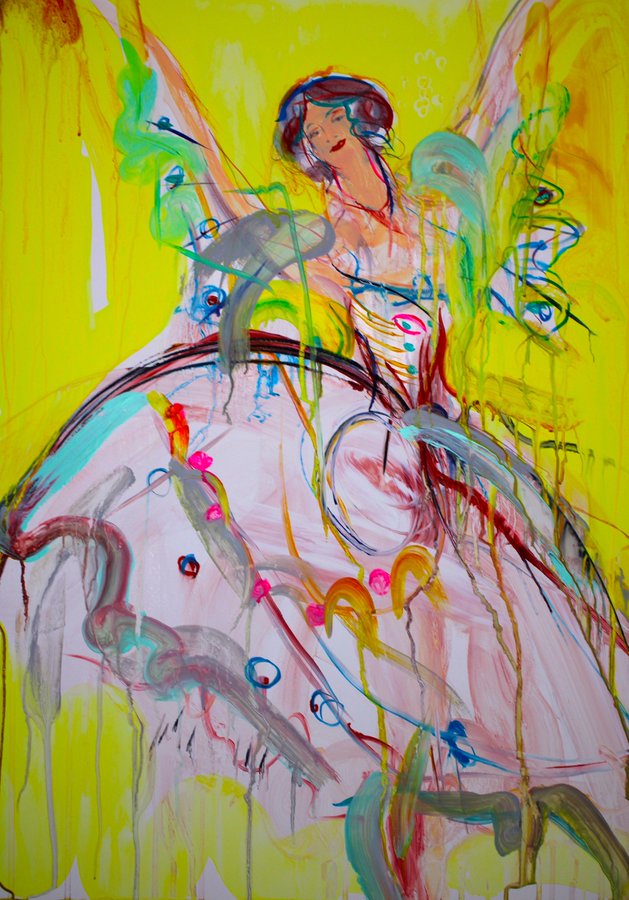
A judging panel of singer-songwriter Sophie Ellis-Bextor, royal portraitist Ralph Heimans and Shevelle Dynott, former English National Ballet Dancer, alongside RAD President Dame Darcey Bussell, presented the winning commission to Zi Ling, a member of the Royal Institute of Painters in Watercolour. The judges were hugely impressed by the over 60 entries, but felt Zi’s bold, expressive, and contemporary interpretation truly captured Genée’s essence.
‘I am very excited about this wonderful project,’ says Zi Ling. ‘As a painter, I specialise in portraits and figurative works – with my favourite subjects being dancers. The spirit of a dancer lies in their movements and rhythm, and I was inspired to paint Dame Adeline because of her distinctive mark on our history and society. In order to capture her beauty as well as her talent, the final portrait will be created in a water-based and pastel medium as a tribute to Degas and his famous ballet dancer paintings.’
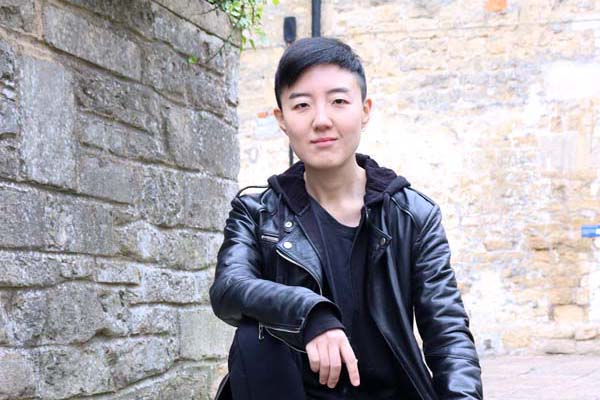
Dame Darcey Bussell says, ‘I can’t think of a more fitting way to mark this new chapter in the RAD’s history than with this extraordinarily vibrant portrait. I can’t wait to unveil the new commission from Zi Ling in our brand-new home for dance.’ The proposal was also praised by judges Sophie Ellis-Bextor (for ‘her bold use of colour and depiction of Dame Adeline in a thoroughly modern light’) and Shevelle Dynott (‘I am sure Dame Adeline would have been thrilled’). The portrait artist Ralph Heimans adds, ‘with so many strong contenders, it was Zi’s proposal that really captured a sense of movement and bowled the judging panel away with her strong use of colour.’
Five other artists were highly commended in this competition supported by Freed of London: Caroline Assheton, Thea Beyleveld, Sophie Peters, Abby Hope Skinner and Siobhan Tate.


